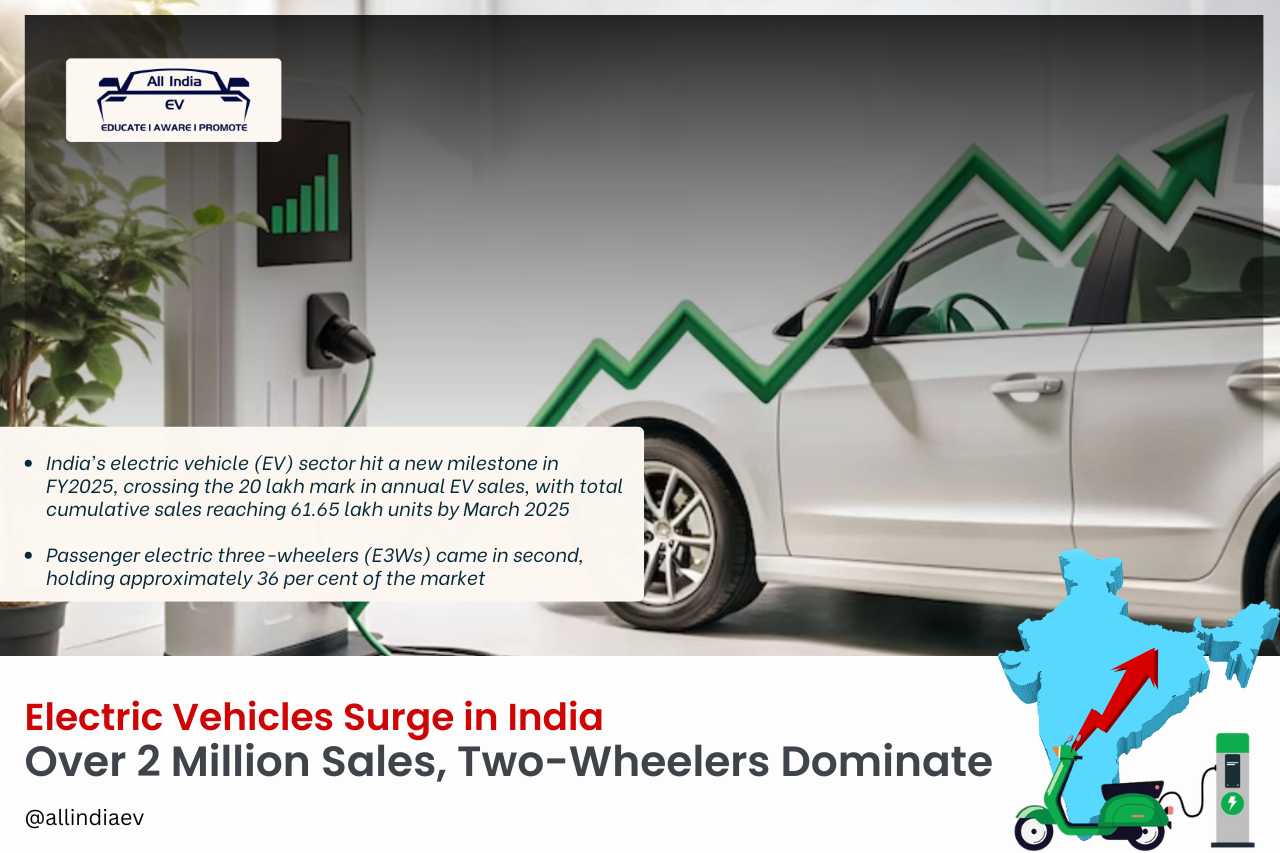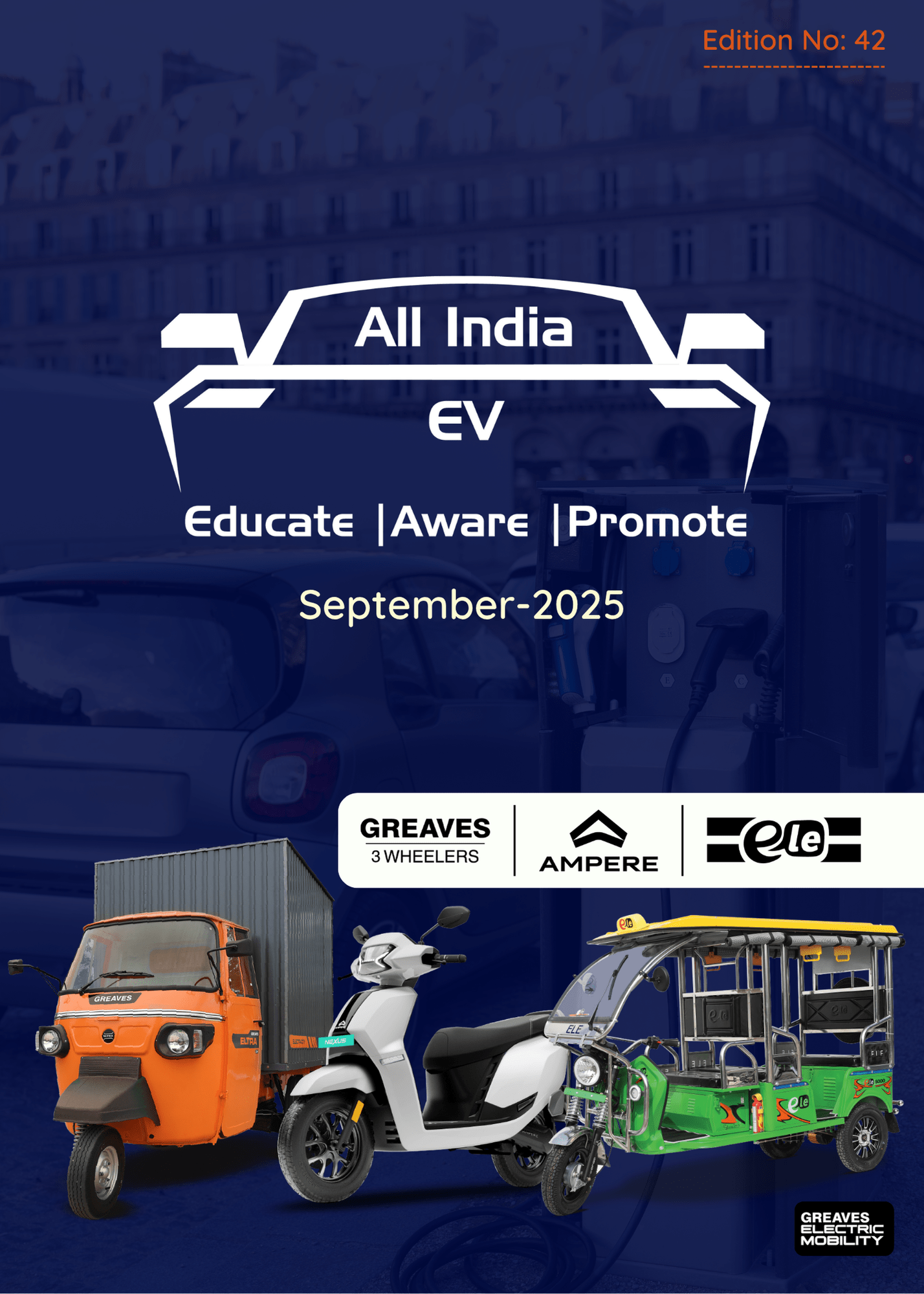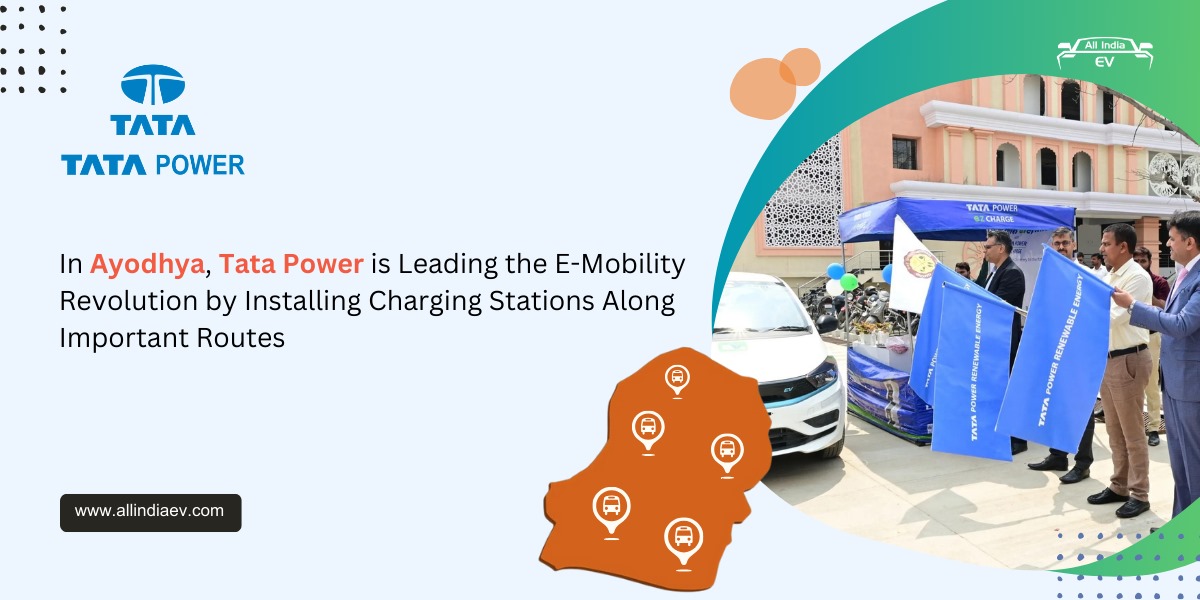
Electric vehicle sales in India cross 2 million, with two-wheelers leading the charge in the nation’s booming EV adoption.
India’s electric vehicle (EV) industry continues to accelerate with unstoppable momentum. According to the latest Annual India EV Report Card: FY2025 by JMK Research & Analytics, India crossed a significant milestone with over 20 lakh EVs sold in a single fiscal year, pushing cumulative sales to 61.65 lakh units by March 2025.
At India EV, we see this as a landmark moment — one that reflects not just a shift in mobility, but a deeper transformation in the way India moves, thinks, and invests in its transport future.
Two-Wheelers Leading the EV Revolution
Electric two-wheelers (E2Ws) remained the undisputed leaders, contributing over 50% of the EV market share this year. Brands like Ola Electric, TVS Motors, and Bajaj commanded the space, jointly accounting for more than 70% of all registered E2Ws. Their success highlights a strong consumer preference for clean, efficient, and cost-effective daily commuting options.
According to Kunal Arya, Co-founder & MD of ZELIO E-Mobility Ltd., “Electric two-wheelers are now a default choice for many Indian commuters. The combination of better battery technology, rising fuel costs, and government support is reshaping user behaviour.”
We at India EV echo this sentiment — the synergy of tech, affordability, and access is setting the stage for exponential EV growth in the two-wheeler space.
Three-Wheelers: Powering Last-Mile Mobility
Next in line are electric three-wheelers (E3Ws) — especially crucial for India’s vast last-mile transport ecosystem. With a 36% market share, this segment recorded an 11% YoY growth, driven largely by Mahindra Last Mile Mobility, Bajaj Auto, and YC Electric.
From passenger movement in Tier-III towns to cargo deliveries in dense urban zones, E3Ws are proving to be a dependable pillar of India’s e-mobility push.
Four-Wheelers & Buses: Steady Climb, Mixed Signals
Electric passenger cars clocked a respectable 11% growth, with Tata Motors holding a 53% market share, followed by MG Motor at 28%. However, EV adoption in this segment still lags behind, primarily due to high upfront costs and slower infrastructure rollout.
Electric buses, meanwhile, saw a 3% dip in sales, led by Tata Motors, Olectra Greentech, and PMI Electro, which together held nearly 70% of market share. The drop appears to stem from delays in public procurement and evolving state-level policies — not from a lack of long-term demand.
We believe that targeted investments, faster tenders, and better state coordination could unlock the true potential of electric public transport in the coming years.
The Rise of New EV Strongholds
On a regional level, Uttar Pradesh topped the charts for cumulative EV sales, followed closely by Maharashtra, Karnataka, Tamil Nadu, and Bihar. The emergence of Bihar in the top five signals a key trend: EV adoption is no longer confined to urban metros.
As Arya aptly puts it, “The next wave of EV growth is coming from India’s hinterlands. Rural and semi-urban consumers are embracing EVs for their affordability, lower maintenance, and ease of use.”
This aligns with our ongoing mission at India EV to spotlight stories beyond the metro — where real change is happening at the grassroots level.
What’s Next?
To sustain and scale this momentum, industry voices — including ours — are calling for:
- Localized infrastructure development like regional charging stations and battery-swapping networks.
- Regionally tailored incentives and faster subsidy disbursals.
- Financing schemes suited to rural and small-town users.
- Skilling and awareness campaigns in local languages to bridge knowledge gaps.
- We believe that India is not just witnessing a shift in mobility — it’s leading a quiet revolution that’s smart, inclusive, and electric.










